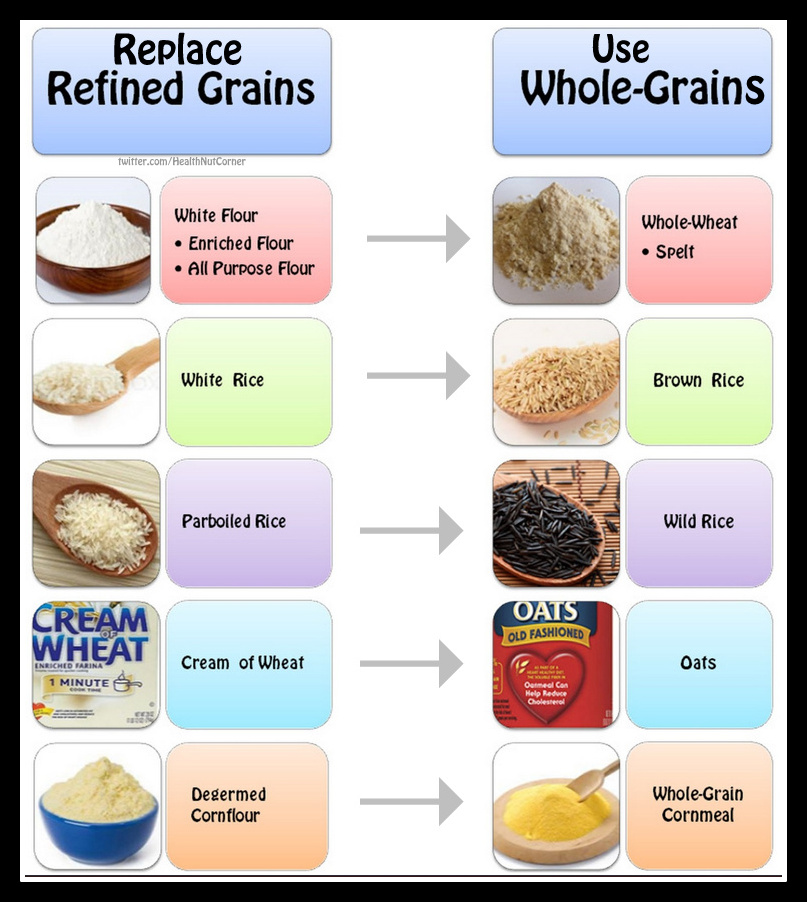Unlocking the Grain Universe: Exploring Cereal Grains
What's the first thing that comes to mind when you think of breakfast? For many, it's a comforting bowl of cereal. But have you ever stopped to consider the diverse universe of grains that make up this morning staple? From the familiar crunch of corn flakes to the hearty chew of oatmeal, the world of cereal grains offers a surprising variety of flavors, textures, and nutritional profiles. Let's embark on a journey to explore the fascinating landscape of grains in cereal and uncover the secrets behind this breakfast essential.
Cereal grains, the foundation of many breakfast cereals, have nourished civilizations for millennia. These tiny seeds, packed with energy and essential nutrients, have played a pivotal role in human history, shaping agriculture, trade, and even cultural traditions. Understanding the different grain varieties in our cereals can empower us to make healthier choices and appreciate the rich history behind this simple yet vital food.
The story of cereal grains begins thousands of years ago with the domestication of wild grasses. Ancient civilizations recognized the nutritional value of these grains, cultivating them as a reliable food source. From the fertile crescent of the Middle East to the rice paddies of Asia, different cultures embraced unique grains, leading to a diverse culinary heritage. Grains like wheat, barley, and rice became cornerstones of diets, fueling empires and shaping civilizations. Today, this legacy continues, with cereal grains remaining a dietary staple for billions worldwide.
The importance of cereal grains extends far beyond their historical significance. These grains are nutritional powerhouses, providing essential vitamins, minerals, and dietary fiber. Whole grains, in particular, are rich in complex carbohydrates, which provide sustained energy throughout the day. They also contribute to digestive health, help manage weight, and reduce the risk of chronic diseases like heart disease and type 2 diabetes. However, not all grains are created equal. Refined grains, stripped of their bran and germ, lose many of their nutritional benefits, leading to concerns about their impact on health.
Navigating the world of cereal grains can be challenging with so many varieties available. Common types used in cereals include wheat, corn, rice, oats, barley, and rye. Each grain offers a unique flavor profile and texture, contributing to the diversity of cereal options. Understanding these differences allows us to choose cereals that align with our dietary needs and preferences. For example, those seeking a gluten-free option might opt for rice or corn-based cereals, while those seeking a high-fiber breakfast may choose oat-based cereals.
One of the key benefits of consuming whole grain cereals is their contribution to digestive health. The high fiber content promotes regular bowel movements, prevents constipation, and supports a healthy gut microbiome. Examples include bran flakes, shredded wheat, and oatmeal.
Whole grain cereals also play a role in weight management. Their fiber content promotes satiety, keeping you feeling full for longer and reducing the likelihood of overeating. Oatmeal, for example, is a filling and nutritious breakfast option that can help manage hunger and support weight loss efforts.
Furthermore, whole grain cereals are associated with a reduced risk of chronic diseases. The fiber, vitamins, and minerals in these grains contribute to heart health, help regulate blood sugar levels, and reduce the risk of developing type 2 diabetes. Choosing whole-grain cereals over refined options can make a significant difference in long-term health outcomes.
Advantages and Disadvantages of Different Cereal Grains
| Grain | Advantages | Disadvantages |
|---|---|---|
| Wheat | Versatile, good source of protein and fiber | Contains gluten, may cause digestive issues for some |
| Oats | High in soluble fiber, lowers cholesterol | Can be bland, may become mushy if overcooked |
| Rice | Gluten-free, easily digestible | Lower in fiber compared to other grains |
Frequently Asked Questions:
1. What are the most common types of grains in cereal? Wheat, corn, rice, and oats are some of the most frequently used grains.
2. Are all cereal grains healthy? Whole grains are generally considered healthier due to their higher fiber and nutrient content.
3. What is the difference between whole grains and refined grains? Refined grains have the bran and germ removed, reducing their nutritional value.
4. Are there gluten-free cereal grain options? Yes, rice and corn are naturally gluten-free.
5. How can I incorporate more whole grains into my breakfast? Choose cereals made from whole grains, such as oatmeal or whole-wheat flakes.
6. Are there any downsides to eating cereal grains? Some individuals may have sensitivities or allergies to certain grains.
7. What are some tips for choosing healthy cereal? Look for cereals with high fiber, low sugar, and made from whole grains.
8. Can cereal grains be part of a balanced diet? Yes, whole grain cereals can be a valuable part of a healthy and balanced diet.
In conclusion, the world of cereal grains is far more complex and fascinating than meets the eye. From their ancient origins to their modern-day importance, these tiny seeds have played a pivotal role in human history and nutrition. Understanding the different types of grains, their nutritional benefits, and the distinction between whole and refined grains empowers us to make informed choices about our breakfast bowls. By embracing the diversity of cereal grains, we can unlock a world of flavors, textures, and health benefits. So, the next time you reach for your morning cereal, take a moment to appreciate the incredible journey of these grains and their contribution to a healthy and fulfilling start to your day. Make the conscious choice to prioritize whole grain cereals for a nutritious and delicious breakfast experience. Your body and taste buds will thank you.
Unlocking denvers culinary scene the foundry restaurant menu decoded
Unlock your potential las palabras tienen magia
Unlocking literacy understanding texto de cuarto grado and its impact














